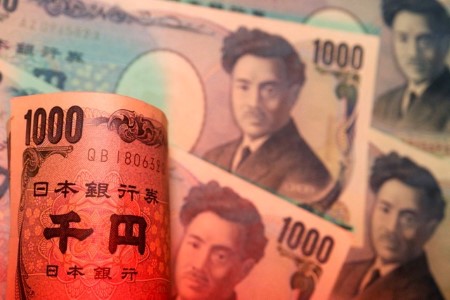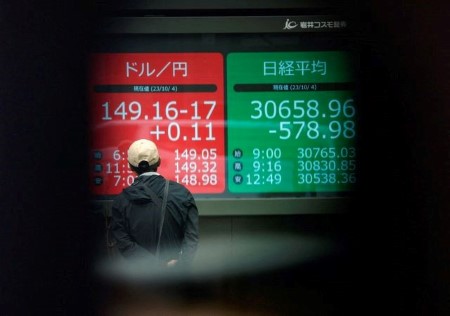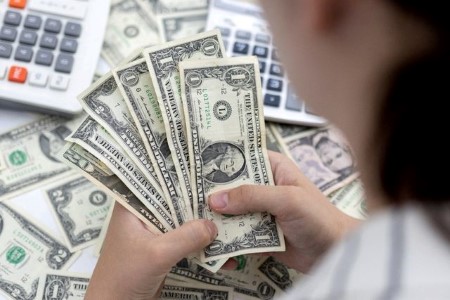Japan’s yield cap has evolved into a reference rate, with the Bank of Japan redefining its 1% limit on 10-year government bond yields as an “upper bound” rather than a rigid target.
It will keep buying bonds, but time will tell whether and how tenaciously it will impede yields rising beyond 1%. The move was foreshadowed in the Nikkei newspaper and having bought the rumour, markets sold the fact.
The yen slipped back to 150 per dollar. After touching an almost 10-year low in morning trade, Japanese government bond futures 2JGBv1 rallied following the announcement. The Nikkei bounced 0.5%.
For now, investors seem to think that U.S. interest rates and the dollar will stay in the driver’s seat – leaving the yen to languish at an effective rate that is its lowest on record.
In the longer run, higher Japanese rates might encourage investors in the world’s biggest creditor nation to keep their money at home, instead of buying so many offshore assets. That could finally trigger some gains for the battered yen.
For the meantime the sense that some sort of anchor remains also spread some cheer to Treasury trade, sparking a brief rally.
Bond market focus now shifts to the US, where the Federal Reserve meets and the Treasury lays out its bond-selling plans.
On Monday the US Treasury Department said it expects to borrow USD 776 billion in the fourth quarter, USD 76 billion less than it had anticipated in July. Its detailed refunding plans are due on Wednesday, as is the Fed’s policy decision.
In Europe, GDP and inflation data is due later on Tuesday.
Around the grounds in Asia, an unexpected contraction in Chinese manufacturing activity dented hope that China’s economy had bottomed and that a recovery, however fragile, was underway.
Falls in Hong Kong and Shanghai led MSCI’s broadest index of Asia-Pacific shares outside Japan 0.9% lower.
Samsung Electronics announced its best quarterly profit of the year and an executive said the chip industry had reached bottom. Shares were steady.
In Australia, Origin Energy’s largest shareholder spurned a takeover bid from a Brookfield consortium, and Treasury Wine Estates TWE.AX agreed a USD 900 million buyout of US rival DAOU Vineyards, adding exposure to a market it has long struggled to dominate.
Meanwhile, outside of markets, Hamas said its militants fired anti-tank missiles at Israel’s invading forces in Gaza early on Tuesday as the conflict intensified.
(Tom Westbrook)







 DOWNLOAD
DOWNLOAD









